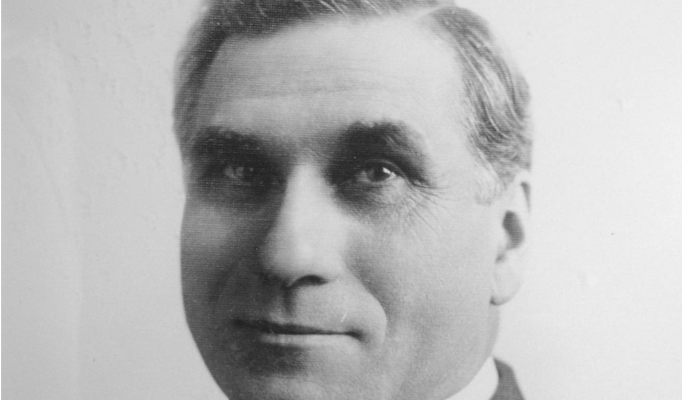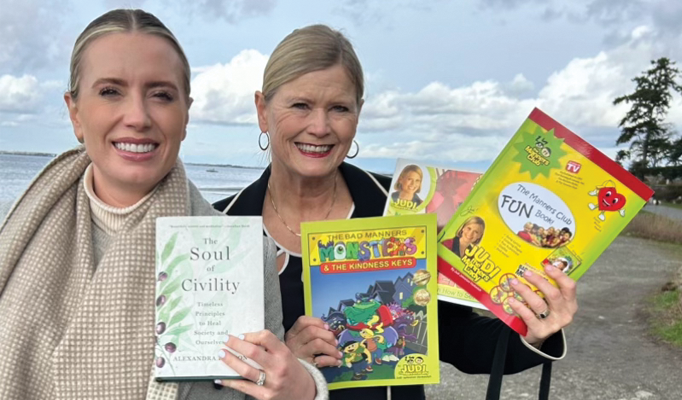an article published in the Light Magazine
March 1, 2019 by Rev. Dr. Ed & Janice Hird Leave a Comment

What if most of the people in your family died from incurable illnesses?
Born in St Mary’s in Ontario in 1870, John G. Lake moved with his family to Sault Ste. Marie, Michigan in 1886. Eight of his siblings died, despite the best care from medical doctors. This family tragedy inspired Lake to seek the healing power of Jesus Christ.
After Lake was healed in Chicago from a digestive disease, his whole family went from chronic sickness to supernatural health. His invalid brother got up and walked after healing prayer, his hemorrhaging sister was healed, his mother was restored at the brink of death, and his wife was cured from tuberculosis.
Upon being filled with the Holy Spirit in 1907, Lake said, “My nature became so sensitized that I could lay hands on any man or woman and tell what organ was diseased, and to what extent.” Rev. Audrey Mabley of Eternally Yours TV describes John G. Lake, a fellow Canadian, as the greatest man of faith for healing that perhaps has ever lived.
For the first nine months after being touched by the Holy Spirit, Lake could not look at a tree without it framing itself into a glory poem of praise, “Everything I said was a stream of poetry.”
Anointing in South Africa
Feeling a call from God in 1908, John G. Lake and Thomas Hezmalhalch, with their large families, boarded a ship to South Africa. Being sure that God would provide, they arrived with just the clothes on their backs and not enough money to enter the country. Waiting in line at customs, a stranger gave them enough money to pay their way into the country. The families were unexpectedly greeted in Johannesburg by Mrs. C.L. Goodenough, who offered a furnished cottage for them to stay in.
The only way that Lake could describe the anointing that fell on him while in South Africa was as ‘liquid fire’ pumping through his veins. Lake believed that the power of God is equal to every emergency. The well-known South African author Andrew Murray commented of Lake, “The man reveals more of God than any other man in Africa.” Mahatma Gandhi notably said, “Dr. Lake’s teachings will eventually be accepted by the entire world.”
So many people were healed in South Africa that Lake was brought by Arthur Ingram, the Bishop of London and Chaplain to the Archbishop of Canterbury, to address a Church of England conference. Bishop Ingram said of Lake’s Triune Salvation talk, “This is the greatest sermon I have ever heard, and I commend its careful study by every priest.”
Out of this South Africa healing revival was birthed the Apostolic Faith Mission in southern Africa, a movement now numbering 1.2 million people.
Sadly, on December 22, 1908, while Lake was ministering in the Kalahari Desert, his wife Jenny died from malnutrition and exhaustion. She had been feeding countless poor sick people on her front lawn, while waiting for Lake to return.
The Healing Rooms
Feeling a call to Spokane, Washington, Lake left South Africa, where he settled and married Florence Switzer, having five more children. In 1915, he began the Spokane Divine Healing Institute, later called the Healing Rooms, training up ‘healing technicians’. His instructions to them were to go to the home of a sick person and not come back until that person was healed. Some might be gone for an hour, some a day, and some for weeks. Lake commented:,“We pray until we are satisfied in our souls that the work is complete. This is where people blunder. They will pray for a day or two, and then they quit.” Having previously been a manager for a life insurance company, his extensive business experience caused many business people to be more open to the gospel. Lake commented: “If there was one thing that I wish I could do for the people of Spokane, it would be to teach them to pray.” In Spokane alone, 100,000 healings had been documented and recorded within just five years. Dr. Ruthlidge, of Washington DC, said that Rev. Lake, through the Healing Rooms, made Spokane the healthiest city in the nation.
This Spokane Blessing spread back to Lake’s Canadian homeland. A 32-year-old Canadian, William Bernard, had been suffering from curvature of the spine, since being dropped by his nurse at age three. When Bernard said that he had no faith, John G. Lake laughingly said, “I have enough faith for both of us.” After his spine was healed, two physicians certified him as fit for military service. Bernard commented, “I’ve always longed to give my service to my country of Canada.”
Lake fearlessly submitted to a series of experiments at a well-known research clinic where they watched him through x-rays & microscopes in a laboratory context as he successfully prayed for elimination of leg inflammation in a dying man. He called the Healing Rooms the most amazing adventure in the world. The Spokane Better Business Bureau investigated the healings, giving Lake and the Healing Rooms an opportunity to vindicate themselves by presenting numerous local healings with Spokane residents. Most of the cases where people were healed were ones that physicians had pronounced hopeless. One such case involved the healing of a 35-year-old woman from a 30-pound fibroid tumour in her abdomen. The tumour was completely gone after just three minutes of prayer. Lake commented of the Healing Rooms, “The lightnings of Jesus heals men by its flash; sin dissolves, disease flees when the power of God approaches.”
Thanks to Healing Rooms International Director Cal Pierce’s work in Spokane in 1999, there are now 2,961 Healing Rooms in 69 countries around the world.
According to Tiny Marais, Director for the Greater Vancouver Healing Rooms, the Healing Rooms’ teams at the recent Missions Fest Conference prayed for over 230 people, “We saw the hand of God on everyone we prayed for.” Today, John G. Lake’s life, through the Healing Rooms revival, still impacts millions of lives around the world.
About Rev. Dr. Ed & Janice Hird
 Books by Rev. Dr. Ed & Janice Hird include God’s Firestarters; Blue Sky, a novel; and For Better, For Worse: Discovering the keys to a Lasting Relationship. Dr Ed’s newest award-winning book The Elisha Code is co-authored with Rev. David Kitz. Earlier books by Dr. Ed include the award-winning Battle for the Soul of Canada, and Restoring Health: Body, Mind, & Spirit.
Books by Rev. Dr. Ed & Janice Hird include God’s Firestarters; Blue Sky, a novel; and For Better, For Worse: Discovering the keys to a Lasting Relationship. Dr Ed’s newest award-winning book The Elisha Code is co-authored with Rev. David Kitz. Earlier books by Dr. Ed include the award-winning Battle for the Soul of Canada, and Restoring Health: Body, Mind, & Spirit.









